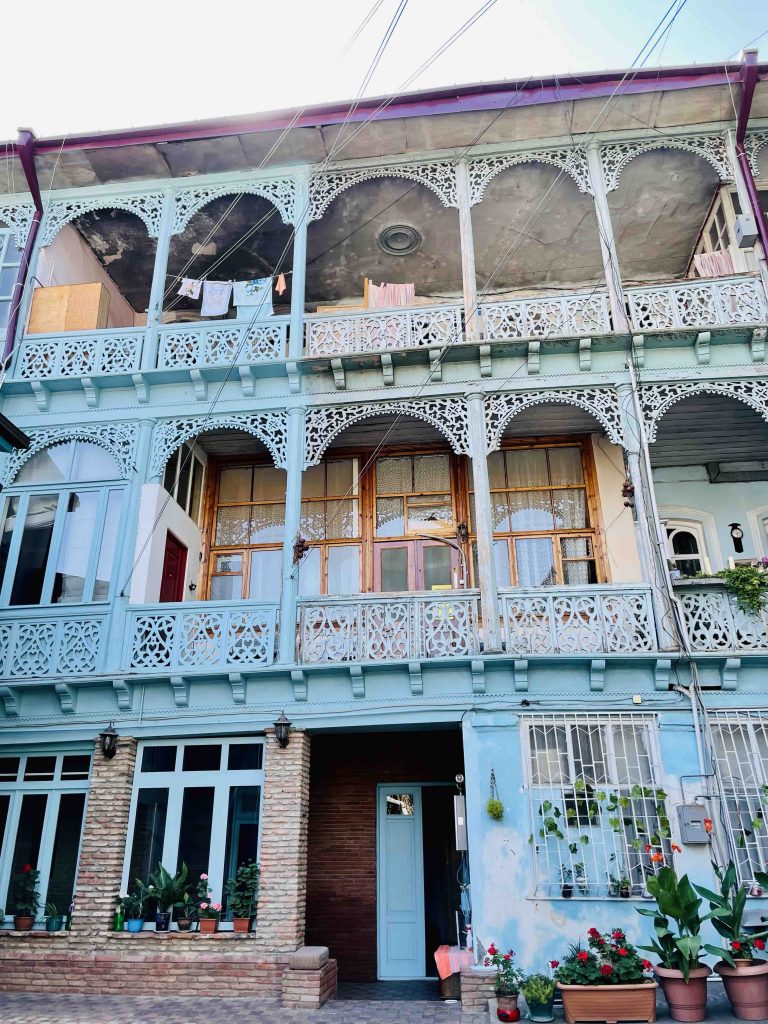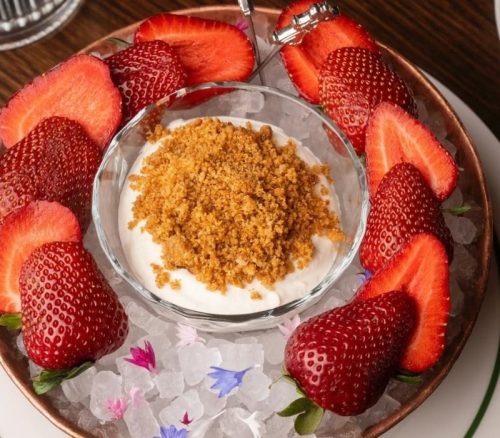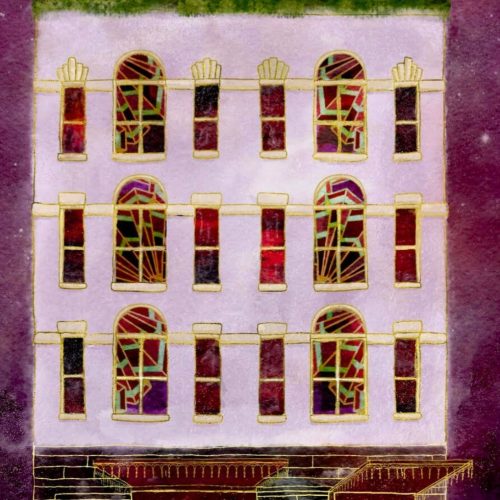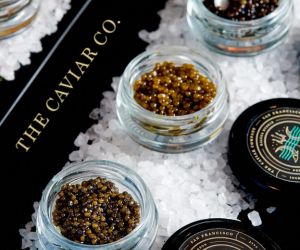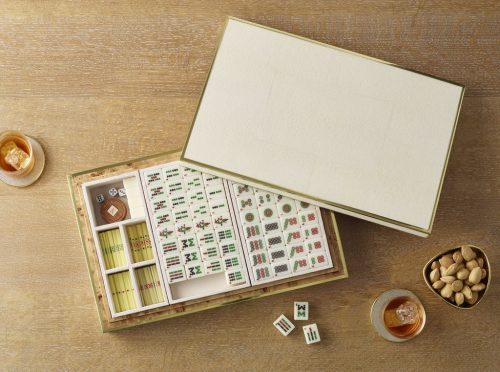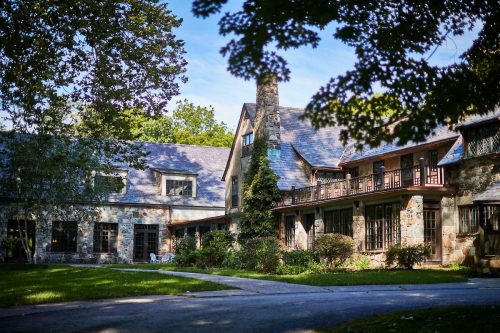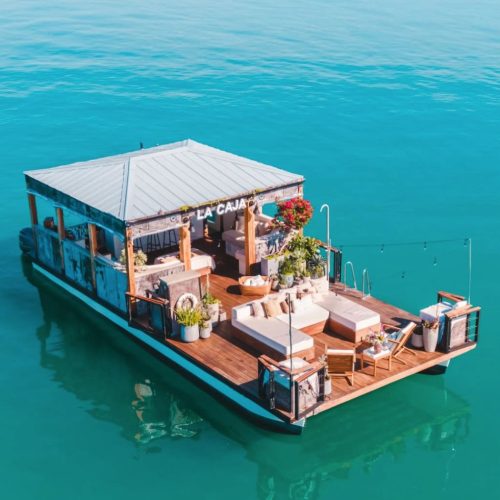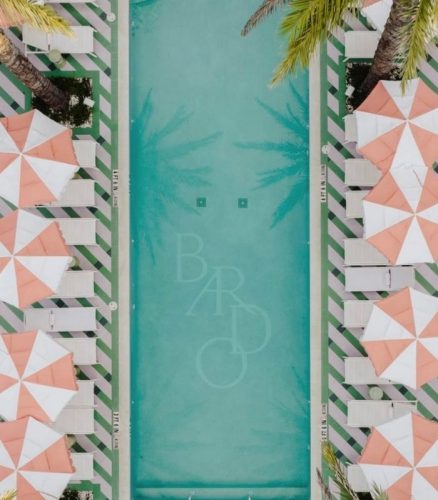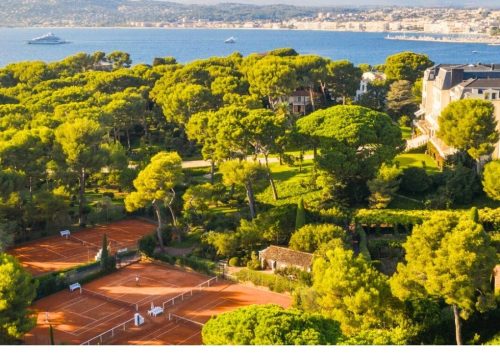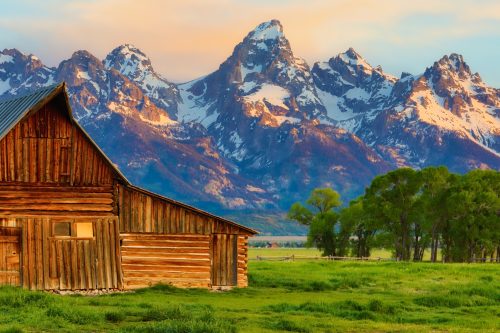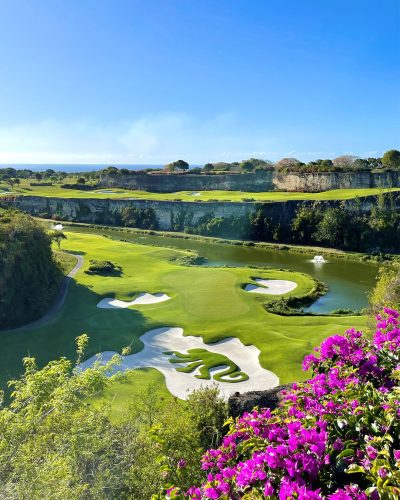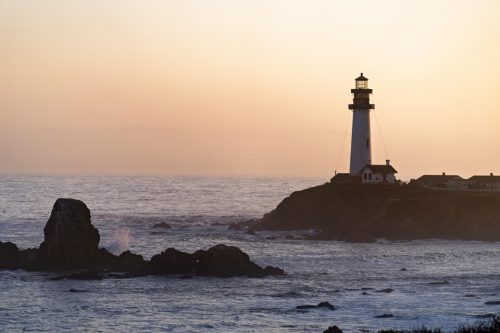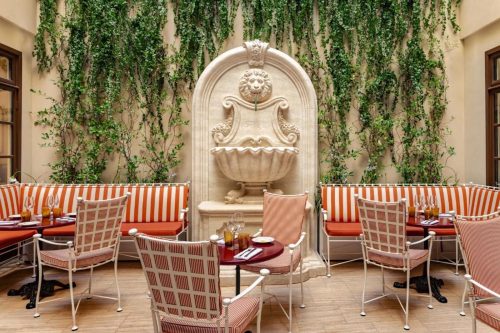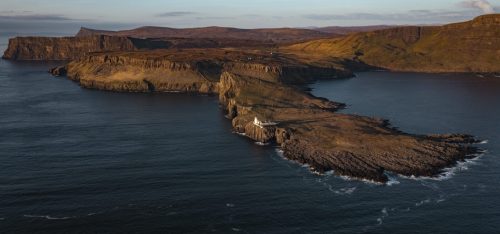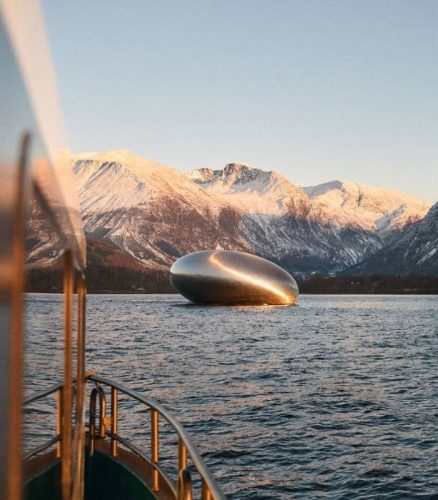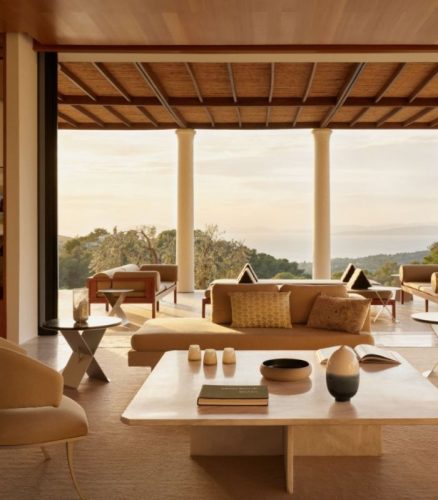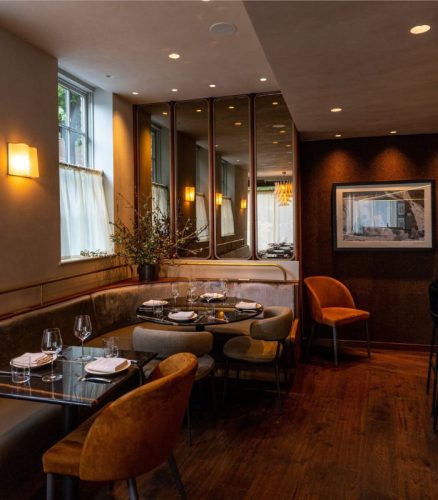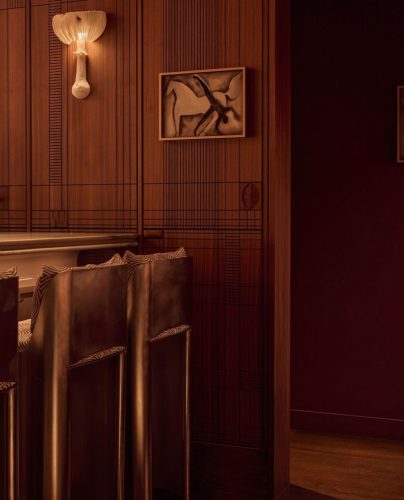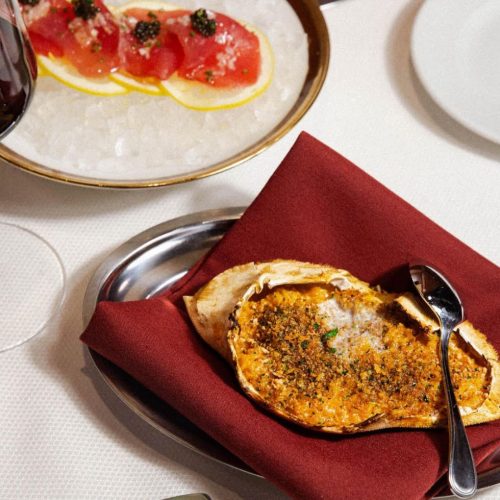Sometimes our purpose is to make sure you’re ready for that Jeopardy Daily Double: The French set the standard for winemaking around the world, sure. But France wasn’t the first place where wine was cultivated. That distinction goes to Georgia (the country, and we don’t mean peach country). Here’s a knockout itinerary for the Georgian food and wine scene.
Georgia the Country, Not the Peaches
The country of Georgia is firmly among the top five in the world for hospitality. Georgians are known for welcoming you like family, with decadent tables full of food and overflowing with wine. And when it comes to the food; you might call it — magically delicious. In Georgia, the simplest ingredients — like bread and cheese, spinach and walnuts, walnuts and… anything — become a mind-altering gourmet meal. So your list of what to do in Georgia should include completely blowing off your diet. (And, if you take a cooking class with one of the leading nouveau Georgian restaurants during your trip, you can continue to savor the taste well after you leave.)
Before revealing the ultimate Georgia trip itinerary, there’s a little more to say about savoring taste. The Georgians were the first to cultivate wine, which is still done today in a traditional way — an earthenware pot called a qvevri sits underground where the wine naturally ferments. The process includes the grape’s stems, skins, and all, even for white wine. This method is what we have to thank for the latest ember, or “orange,” wine craze.
Why was this regionally, homespun wine-making delight hidden for so long? During the Soviet-era, vineyards were nationalized, and produced less than stellar wine. Today, though, Georgia’s wine industry is in the midst of a renaissance that you wouldn’t want to miss.
If you’re wondering what to do in Georgia, the answer is a lot. The four-day itinerary below is jam-packed and just a base for what’s possible. You can try to do it all or tailor it to your specific interests. (The options below can easily be extended to a week or longer.) The point is to give this Old World gem brimming with contemporary culture some of your time.
Day 1 – Take in Tbilisi
Arrive in the capital of Tbilisi, Georgia, VIP your way through immigration, and check into the Stamba hotel.
We’ve waxed poetic about the Stamba, which is one of the most uniquely designed hotels in the world. It’s set in the Vera neighborhood of Old Tbilisi in a converted Soviet-era publishing house. Once frequented by Georgia’s literary and artistic elite, it’s still the center of the art scene. The hotel’s 1930s industrial vibe is Soho House meets the Crosby Street Hotel. Within it, you’ll find a bar lounge, restaurant, chocolaterie/roastery café, fitness center, spa, and rooftop pool (with a transparent bottom!). Having the Stamba as your base easily sets you up for ambitious Tbilisi.
Tbilisi 101
Georgia’s strip of central lowlands has long been an important link between East and West. Tbilisi is set at the mouth of this passageway in the Mtkvari River Valley and has changed hands many times. The city was ruled by the Arabs for 400 years. Then along came King David the Builder, who defeated the Arabs in 1121 and moved the capital from Kutaisi to Tbilisi. The Georgian king had tolerance for Tbilisi’s Arab population, fostering the city’s current multiethnic atmosphere.
Red-roofed Old Town and its houses with carved wooden balconies sits beneath the Narikala Fortress. Tbilisi was last razed in 1795 by Aga Khan and most of the current buildings date from that time. However (and thankfully), the age-old domed sulfur baths and stone Anchiskhati Church survived.
Lunch at Gvhino
But first things first: We praised the unforgettable food and wine scene, so let’s start there. Gvhino offers Georgian wines paired with traditional dishes with a modern take. Chef Tamta Kikalishvili is one of the city’s rising culinary stars, known for her signature Georgian fusion dishes. Don’t miss lunch here.
Wine Tasting at Ghvino Underground
We promised you the birthplace of wine, so dip down into the cool cellar wine bar at Ghvino, appropriately called Ghvino Underground. You’ll taste rare natural wines from across Georgia — both reds and whites from different terroirs and regions. The goal of Ghvino Underground is to introduce a new wave of all-natural Georgian wines for all wine-tasting levels.
Old Tbilisi Walking Tour
After lunch, explore the oldest part of the charming town of Tbilisi. Start at Gabriadze’s leaning clock tower, which looks like something out of a fairy tale book. Next, visit the Anchiskhati Basilica and continue walking to the Maidan and the Abanotubani Historic District. It’s here that the famous Sulfur Baths of Tbilisi are located.
For the finale, take a cable car to Narikala Fortress and walk toward the Statue of Kartlis Deda (Mother of Georgia). This vantage point has some of the best views of the town. Get back to town with a walk down the slope to Betlemi Street and its famous stairs. You’ll land on the pedestrian streets. Head to Kote Apkhazi Street and then on to Freedom Square.
Dinner at Black Lion
The Black Lion is a cozy restaurant that serves eclectic Georgian cuisine with an emphasis on fresh, local, wild, and organic. Local celebrity chef Meriko Gubeladze creates new dishes that highlight the flavors of Georgia. You can expect the menu to boast chicken baked inside a pumpkin with tomatoes, walnuts, and purple basil. (Walnut sauce with anything is a winner in Georgian cuisine.)
Day 2 – Shop for Goods and Art
Orbeliani Farmers Market
Orbeliani Farmers Market is an upscale take on a traditional Georgian market. Browse the aisles for gourmet local produce ranging from artisanal cheeses to handcrafted soaps. Find vegetables, fruits (fresh and dried), nuts, spices, teas, and much more.
Gallery 27
The wonderful high-quality handcrafted goods at Gallery 27 are more than a shopping experience. Set in a partially restored 18th-century building, the space is filled with original handmade clothing, textiles, ceramics, jewelry, and artwork. All the goods are exclusively from Georgian artists. Owner Nino Kvavilashvili is an artist herself and committed to supporting creative local Georgians who incorporate natural materials and traditional techniques into their work.
Kote Apkhazi Street
Formally called “Leselidze Street,” Kote Apkhazi Street connects Tbilisi’s Independence Square with Old Town. This is the place for wine as well as Georgian souvenir shopping. You can also find local Georgian designer fashion boutiques here.
Sololaki District Walking Tour
Just west of Tbilisi’s central Old Town is the Art Nouveau Sololaki District, built in the 19th and early 20th centuries by Georgian and European architects. Once the city’s most prestigious neighborhood for wealthy bourgeois families, the district fell into disrepair once Georgia was annexed by the Soviet Union. It’s suffered further damages from earthquakes and economic turmoil. But in recent years, many of Sololaki’s beautifully decorated facades have been renovated. Also, a growing number of cool cafés and eateries have transformed the area into an up-and-coming restaurant district.
Architect-Led Tour of the Sololaki District
If you want to know more about the Sololaki District, a private guide can offer deeper insights into the architecture and history of the area.
Lunch at Café Littera
Opened in 2016, Café Littera in the Sololaki District serves creative dishes fusing traditional Georgian concepts with surprising new ingredients. Famed chef Tekuna Gachechiladze plays with old methods and recipes and changes them up in unexpected ways. For instance, try a riff on traditional chakapuli with mussels rather than lamb.
Writers’ House of Georgia
Built in 1903-1905, the Art Nouveau mansion now occupied by the Writers’ House of Georgia was owned by philanthropist David Sarajishvili. During Soviet times, it was designated a “Palace of the Arts.” Since 2008, the Writers’ House is dedicated to the support and development of cultural and literary activities.
Kebzari Jewelry Workshop and Educational Center
Jewelry is a thing in Tbilisi, if you’re into it. Very worthwhile is a private meeting with designer Nino Mamulashvili in her workshop and educational center, Kebzari Jewelry. Mamulashvili’s high-end work features beautiful pieces of jewelry that combine traditional aesthetics with modern touches. Learn firsthand how they are manufactured in the workshop.
Ghvinis Karkhana Wine Factory
Established in the late 19th century as a wine factory, Ghvinis Karkhana was redesigned and reopened in 2017 as a hip gathering spot. The property includes a wine shop, bakery, flea market, cinema, street food, restaurants, fashion boutiques, and more. Restaurant-hop here for a casual meal.
IERI Concept Store
If fashion excites you, visit the IERI concept store to view the works of top Georgian fashion designers. While there, meet with Natela Potsveriya, the store’s Communications Director, to discuss Georgian fashion trends and watch a presentation on the industry in Georgia.

Day 3 – Take a Day Trip to Wine Country
Meet your guide and head out of town to visit Georgia’s wine country: Kakheti. Your main destinations will be the towns of Tsinandali — where you’ll overnight — and Signagi.
The Kakheti Region
Kakheti is wine country. Georgians, originally sun worshippers, believed that the sun’s chosen plant was the grapevine. St. Nino, who brought Christianity to Georgia, was said to have made a cross out of grapevines and bound it to her hair, symbolizing the sun’s rays. The winding characters of the Georgian alphabet resemble the trailing growth of the vine. This motif is found in architecture throughout the country.
Cooking Class With Chef Tekuna Gachechiladze in Kurdghelauri Village
Arrive in the Kakhetian village of Kurdghelauri and visit Chef Tekuna Gachechiladze’s new restaurant. Tekuna is owner and head chef at several top-notch restaurants in Georgia, including Culinarium Khsheria and Cafe Littera. Enjoy a cooking lesson with Tekuna herself.
Alexander Chavchavadze Museum and Wine Tasting
Tsinandali Village is best known for the family estate of Alexander Chavchavadze, located nearby. A 19th-century Georgian aristocrat and poet, his estate was a center of the region’s intellectual life. He and his father founded the first and foremost winery in the country, which still produces the dry white Tsinandali wine. His mansion has been transformed into a museum in his honor — which also, of course, includes wine tastings.
Vineyard Tour and Tasting at Giorgi Gvardzelashvili’s Winery
In the village of Kondoli, stop by Giorgi Gvardzelashvili’s vineyards and wine cellar. Giorgi focuses on natural, organic wines using traditional Georgian wine-making techniques. Local grape varieties include Ghghia, Rkatsiteli, and Saperavi. Ghghia in particular is an uncommon grape, and Gvardzelashvili is one of the few producers using it in his wines.
Stay at the Tsinandali Estate Hotel
Set in the heart of Kakheti’s iconic wine region, Tsinandali Estate Hotel is located on the grounds of the palace home of Prince Chavchavadze. Prince Chavchavadze was a Georgian Romanticist renowned for his traditional, organic wines and wine-making techniques. The hotel’s contemporary architecture incorporates locally inspired Georgian designs and natural materials. Its earth tones blend with views of the Caucasus Mountains, vineyards, and woodlands.
Day 4 – Make the Best of Your Last Day
Explore Signagi
In the 18th century, King Erekle II constructed a defensive wall around the hill town of Signagi. The towers of the wall were named for the surrounding villages, and the townspeople were to gather at their tower in times of trouble. Agriculture in the region helped Signagi grow quickly, and it became an important agricultural center for the Soviets. Following the fall of Communism, Signagi suffered an economic crisis and is now undergoing an extensive reconstruction project.
Tibaani Vineyards
Stop in at Tibaani Vineyards, owned by the Pheasant’s Tears Winery, based in Signagi. Enjoy a walk through the vineyards, see where the grapes are grown, and visit the cellars where the grapes are macerated. Learn more about the qvevri clay jugs that have been used for wine making in this part of the world for over 8,000 years.
Meet With John Wurdeman
If schedules allow, meet John Wurdeman, an American-born painter who fell in love with Georgia and decided to settle here. He co-founded the Pheasant’s Tears Winery in 2006 and is now one of the nation’s most prominent winemakers and restaurateurs. He owns several establishments, including Pheasant’s Tears Restaurant in Signagi. Wurdeman will guide you through Georgia’s historical wine-making methods and recount stories of his own experiences developing his businesses in-country.
Zedashe Ensemble
Polyphonic singing and folk dancing are a big part of Georgian culture. The Zedashe Ensemble, a polyphonic choir and folk dance troupe based in Signagi and led by Ketevan Mindorashvili, is a great way to experience this. Inspired by the folk traditions of Kakheti, Zedashe has performed around the world, including in the United Kingdom, the Netherlands, Belgium, Latvia, and the United States.
Lunch at the Crazy Pomegranate
Enjoy a meal of traditional Georgian favorites at the Crazy Pomegranate, the onsite restaurant of the Pheasant’s Tears wine cellar in Tibaani Vineyards. The restaurant is headed by chef Ketavan Mindorashvili. This rising female culinary star is also a professional polyphonic singer.
Horseback Riding
Enjoy some horseback riding through villages, forests, and rolling hills in Signagi’s nearby countryside. (Optional)
Qedeli Village
Situated a few miles outside of Signagi is the charming village of Qedeli. It has a small horse ranch and picturesque views of rolling green hills dotted with small churches and flocks of sheep.
Beer Tasting at Lost Ridge Brewing
It’s not all about the wine; there’s also good beer. Enjoy a tasting of craft beers at Lost Ridge Brewing, Georgia’s first craft brewery, in Qedeli Village. The 3.5-barrel nano-brewery is located on the same property as the Lost Ridge Inn, a six-room boutique hotel. Lost Ridge Brewing specializes in bottle-conditioned farmhouse ales, including styles such as Saison and Tripel. Brewed onsite and aged in the Lost Ridge beer cave, the brewery pairs classic Belgian (and other) ales with local Kakhetian fruits and spices. The brewery also has some sustainable aspects: It has its own well water and the runoff is treated so it’s usable for watering the gardens. And the spent grain generated in the brewing process is used to bake pretzels and pizzas at the Fire Kitchen and Ranch Café.
Georgian Bread-Baking Lesson
Enjoy a Georgian bread-baking class at the Lost Ridge Fire Kitchen in Qedeli. You could also work with the spent grain generated from the brewery.
In the end, all roads lead to Tbilisi. If you’d like to head back early instead of experiencing Qedeli, you can take a cooking lesson at Chveni or just enjoy Chef Guram’s modern Georgian cuisine instead.
This itinerary of what to do in Georgia will give you the full essence of the culture, people, food, and wine — a travel experience that stays with you. But go sooner rather than later. Contemporary Georgia is definitely on the fast track to becoming the next dynamic cultural hub on the Europe-Asia circuit.
How to book:
In a few weeks, you’ll be able to click and book this trip online at Galavante. In the meantime, message us at [email protected], and we’ll hook you up.










